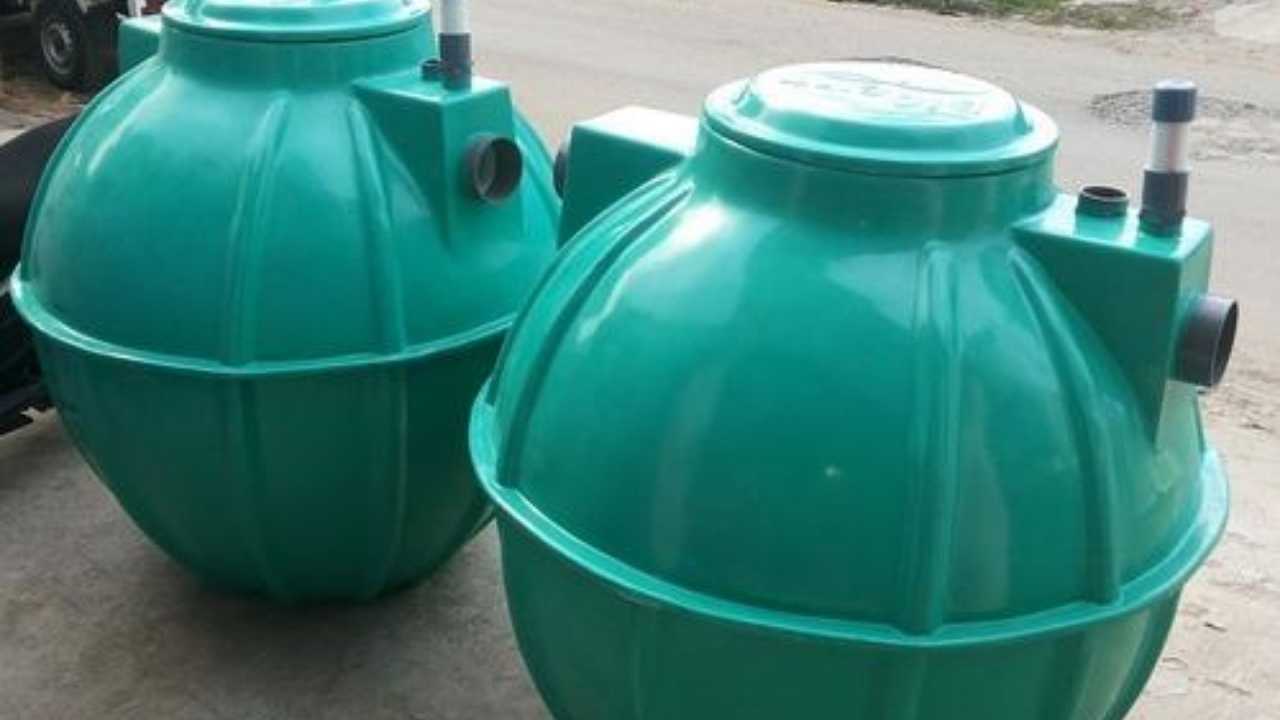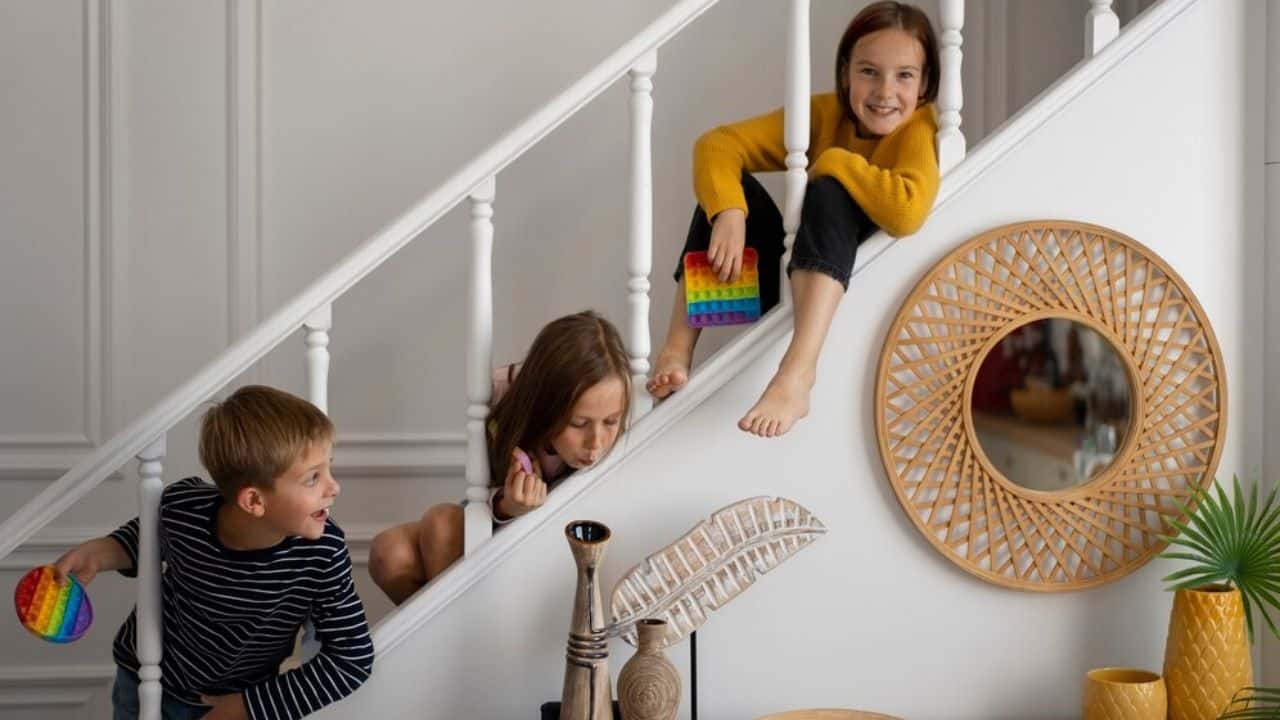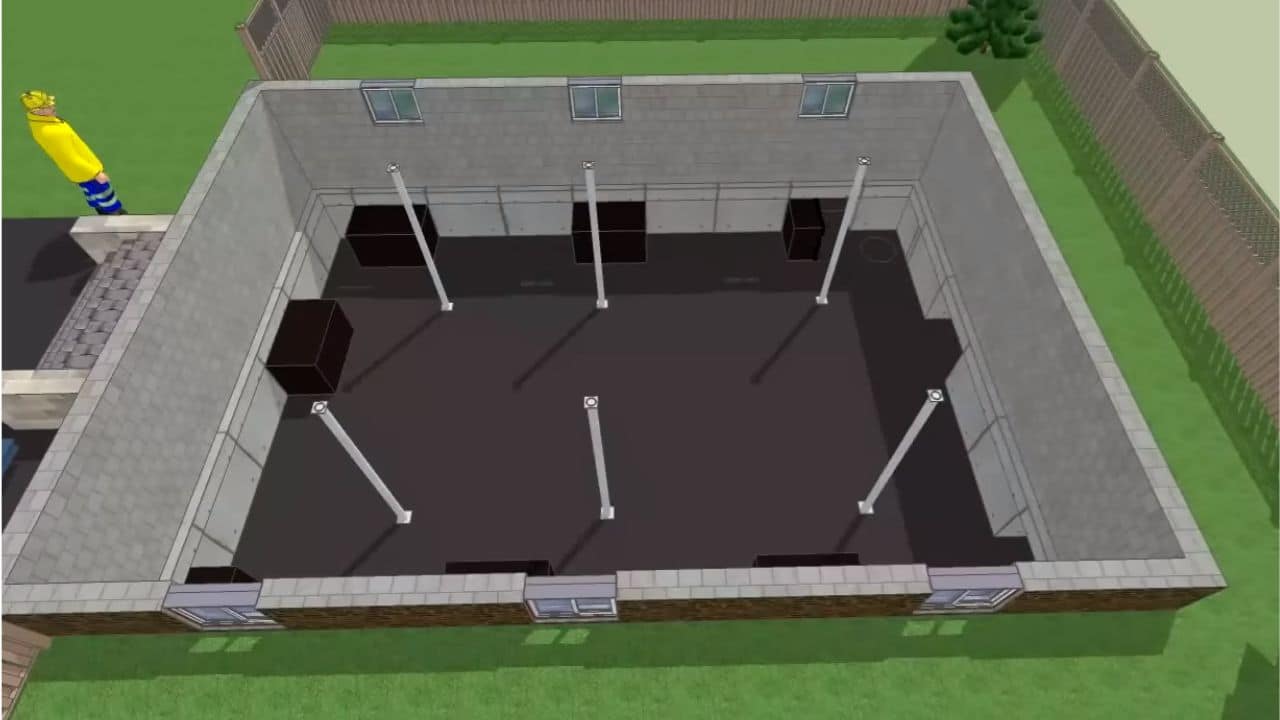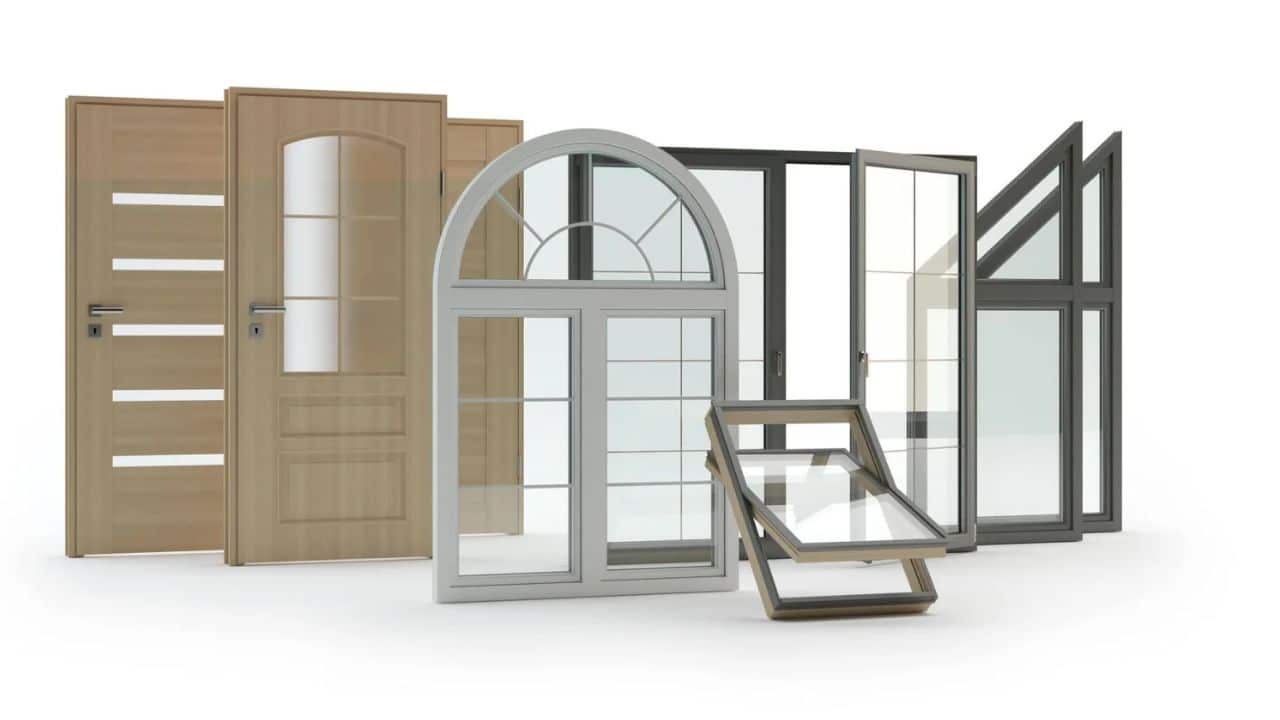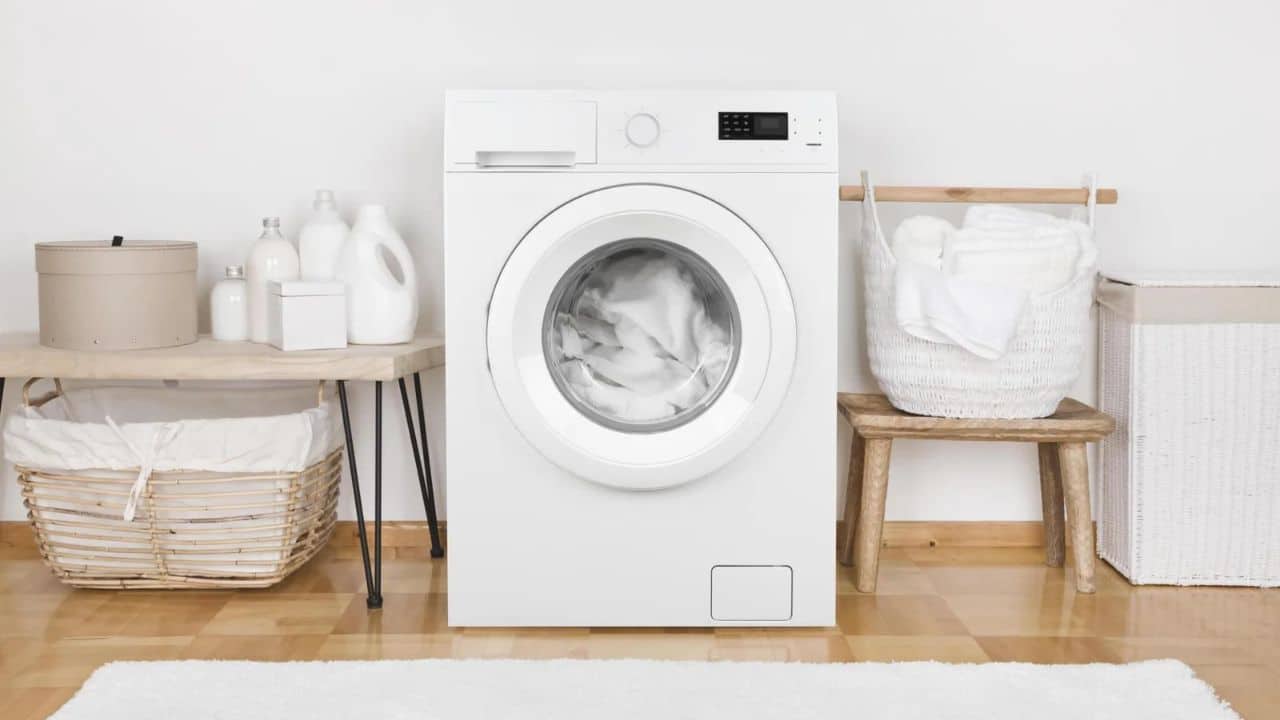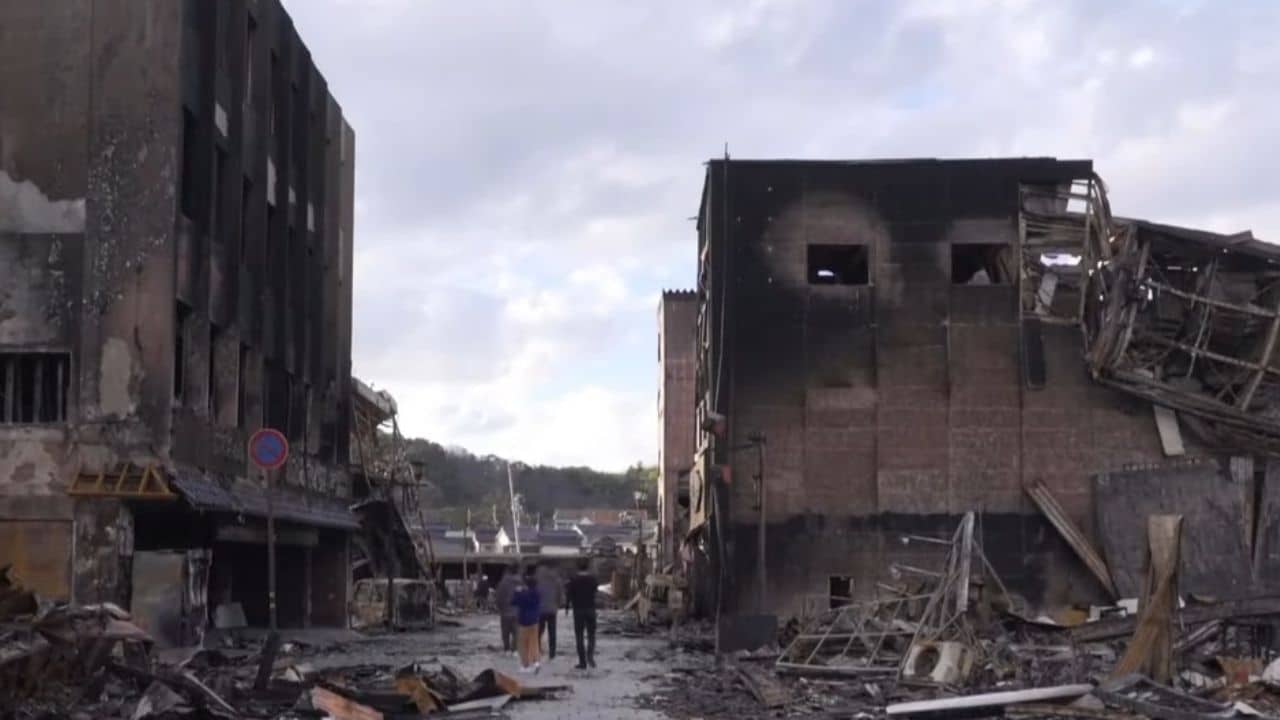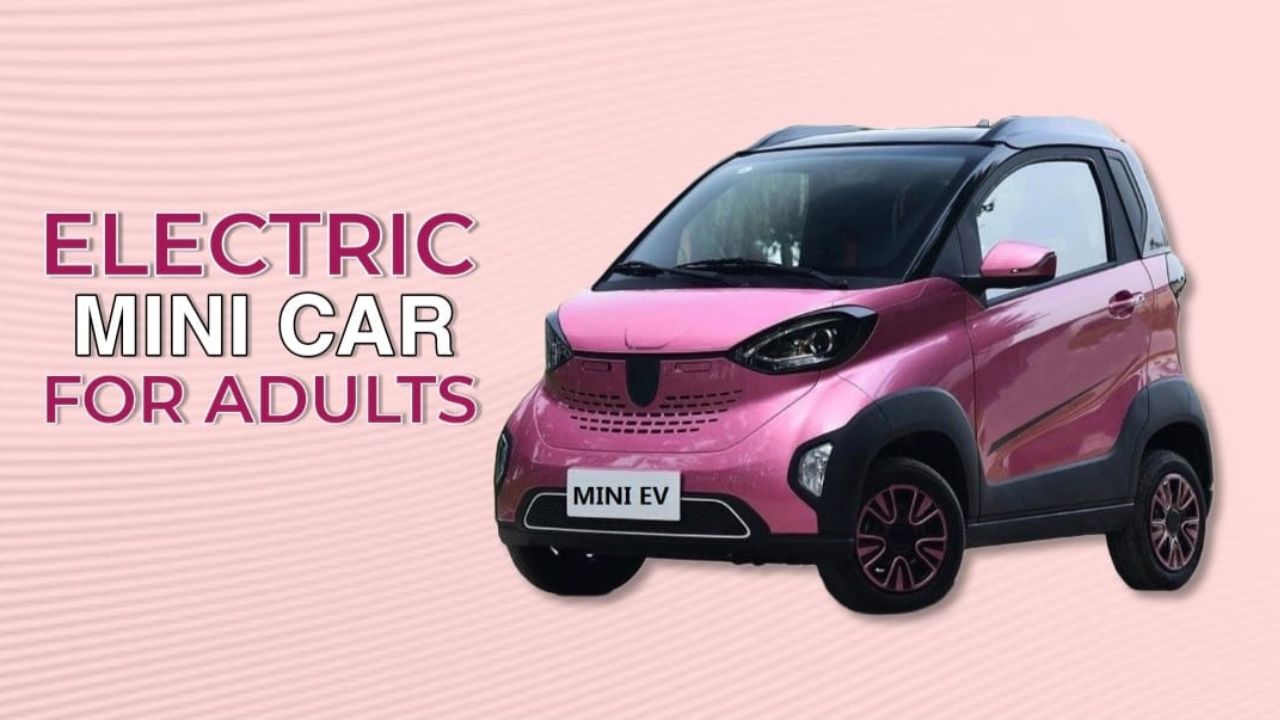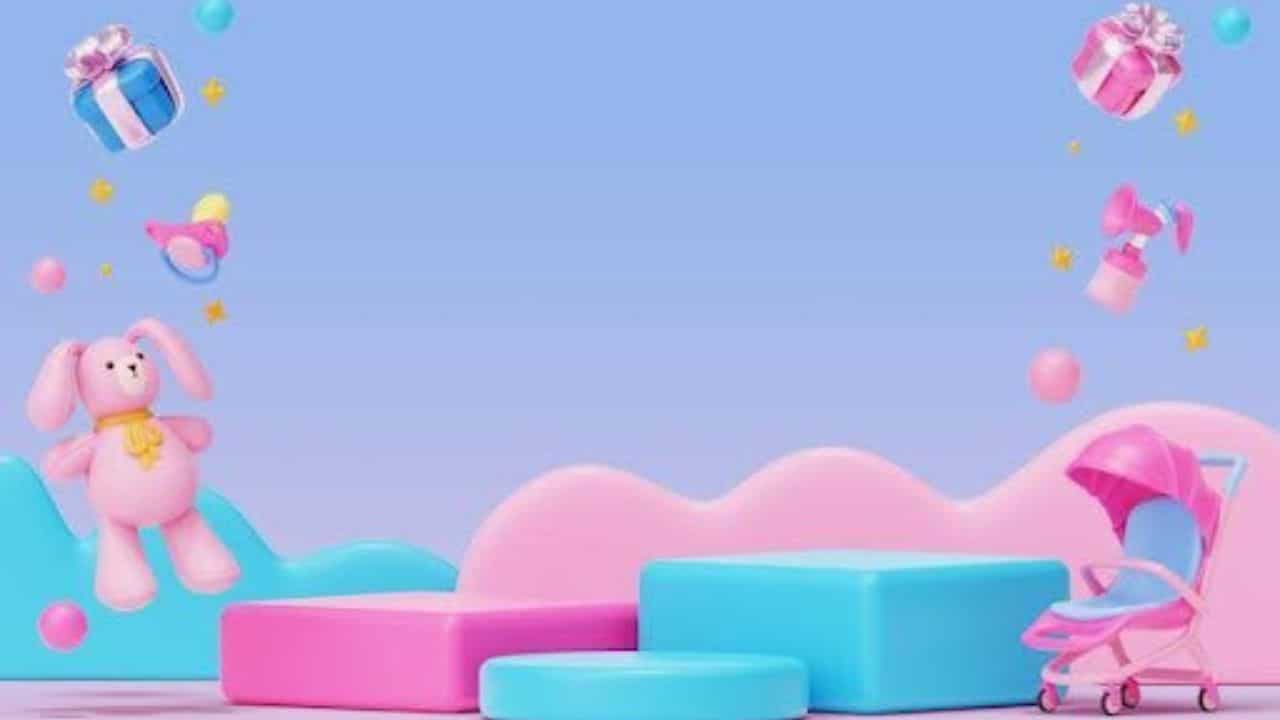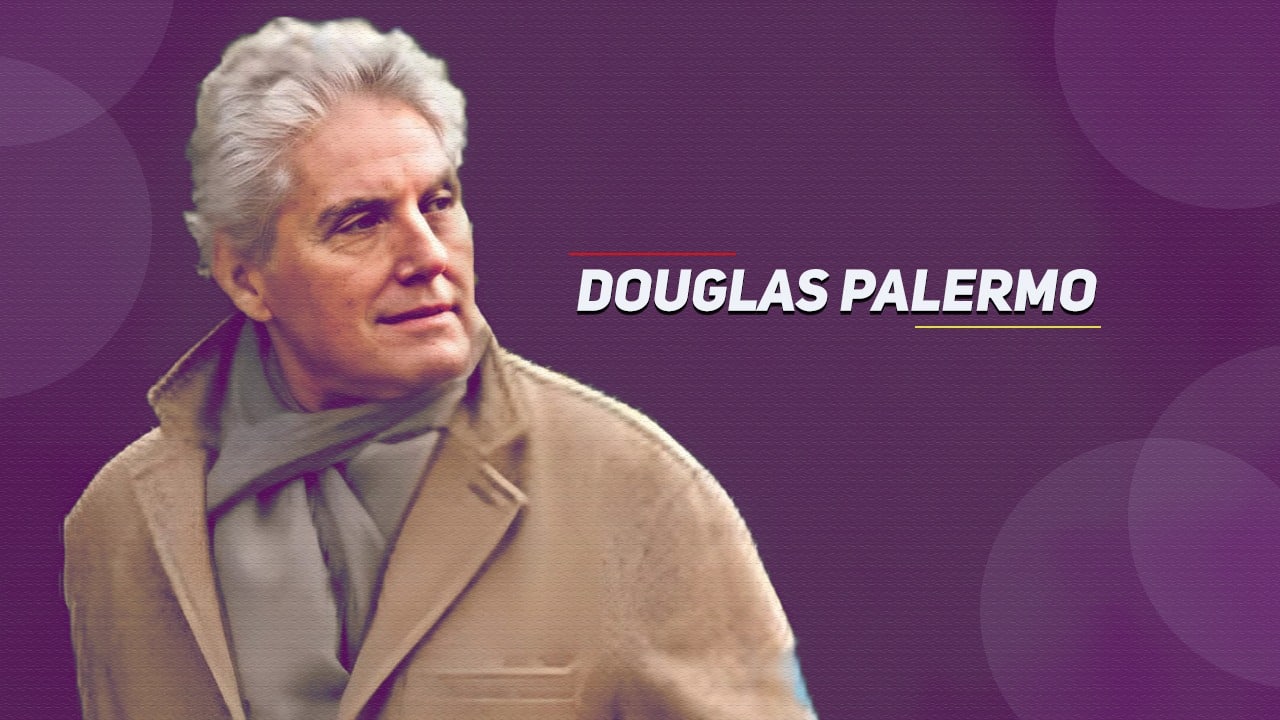How you treat your Safety Tank/Septic Tanks will greatly determine the longevity of the system and how smoothly it continues to serve you. When we talk about treating it right, a major part of it is what you dump in the system. In its optimum working condition, there are a lot of things you actually cannot dump.
For starters, you need to stop treating your septic tank like a trash can or bin. There are actually living organisms in a safe, which is definitely not anything near to a dustbin. In fact, you cannot have solid build-up in your safety tank. The higher the number of solids going in means the frequency of pumping also goes up. This increases the risk of problems.
Something as simple as educating yourself and everyone in the household about what can be done and cannot be done can help you save a lot of money and headaches. So, let’s begin!
Do’s
-
Enlarge The Septic System
There might be a need to enlarge your septic system if you are planning an addition that increases 15% to your home’s floor area. This increases the number of bedrooms or the number of plumbing fixtures. All in all, there might be a need to enlarge the septic system.
-
Limit the Solids
Like I said, adding more and more solids will only make things difficult, as this will increase the pumping demands. The more times you have to pump, mean more possible headaches and problems.
So, flushing down too many solids down your toilet commode will make your septic tank fill up fast. Limit items like cat litter, cigarette butts, dental floss, earplugs, sanitary napkins, or tampons.
Also, never flush coffee grounds down your toilet, if you have a septic tank. Do not dump items that take time to decompose.
-
Install an effluent filter
To increase your system’s lifespan, make it a point to install an effluent filter on your septic tank, as this will decrease the number of solids leaving the tank.
-
Run dishwasher and washing machine at full speed
Do not waste energy and water by running small laundry loads. Dishwashers and washing machines can be run at full loads. Choose the right washing machine load, though.
-
Consult a septic service professional
Depending upon your septic tank location, there is an advisable distance to plant the trees and shrubs. No one, but a professional, like someone from CivilMart can help you with the same. Planting trees or shrubs too close to the drain field means that roots can grow in the drain field or the system, clogging it or damaging it.
Don’ts
-
Don’t put hazardous waste into the system
Paint thinners, gasoline, or motor oil, are some of the hazardous wastes that you must avoid dumping into the system at all costs. If you fail and do this, be prepared to say goodbye to your system.
-
Don’t put anything non-biodegradable
Paper towels, disposable diapers, cigarette butts, plastics, or sanitary napkins, all these materials aren’t biodegradable, and you must not dump them in your septic tank.
-
Don’t put greases or fats into the system
You might be surprised, but greases and oils will end up clogging the drain, and also polluting the surrounding soil. You will have to end up replacing your septic tank because you will incur serious issues if you continue to put in greases and fats.
-
Don’t put in any chemicals
Gasoline, insect water, oil, paint thinners, solvents, and photographic chemicals are some of the many chemicals you do not want down your drain. Doing so will poison your septic tank. Also, you can end up threatening your water supply, for the entire neighborhood.
-
Don’t Park or Drive on your drain field
The weight of your drive can damage the drain lines, which you do not want.
Over to you…
Regular maintenance of your septic tank is essential, when it comes to property value, good health, protecting the environment, and financial savings.
This gives you all the more reason why you need to follow the dos and don’ts more seriously!

